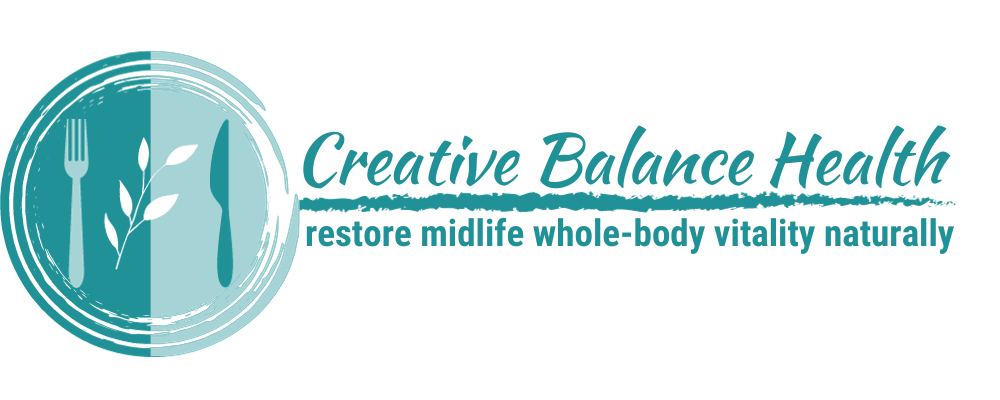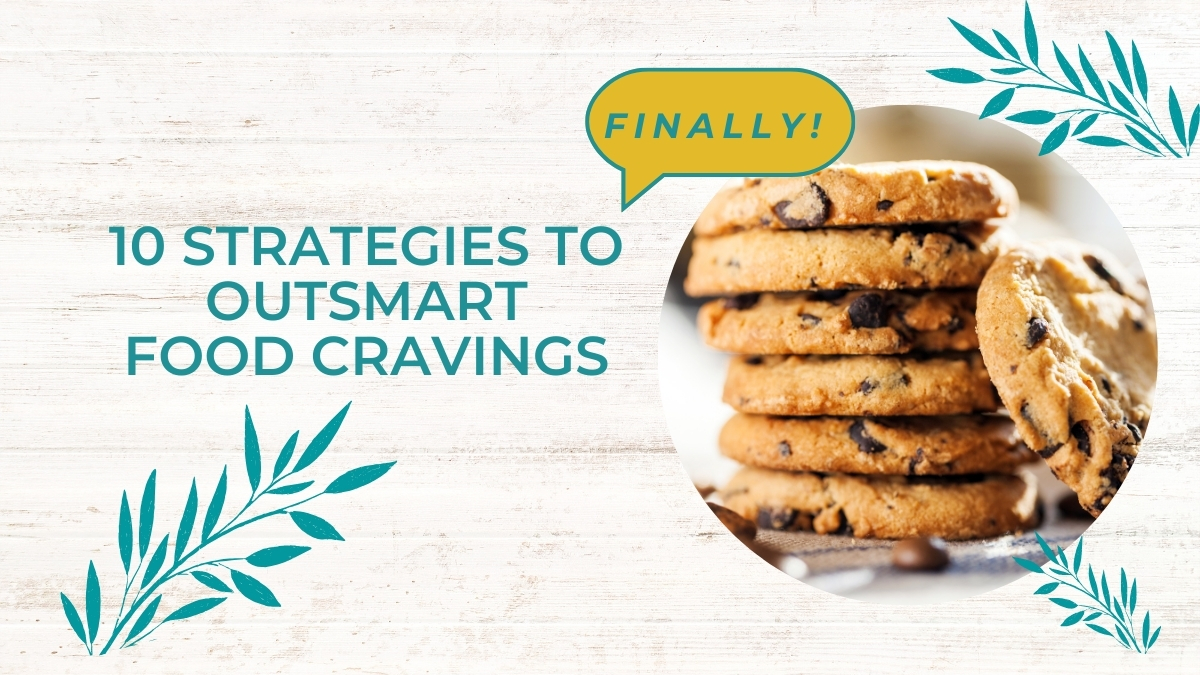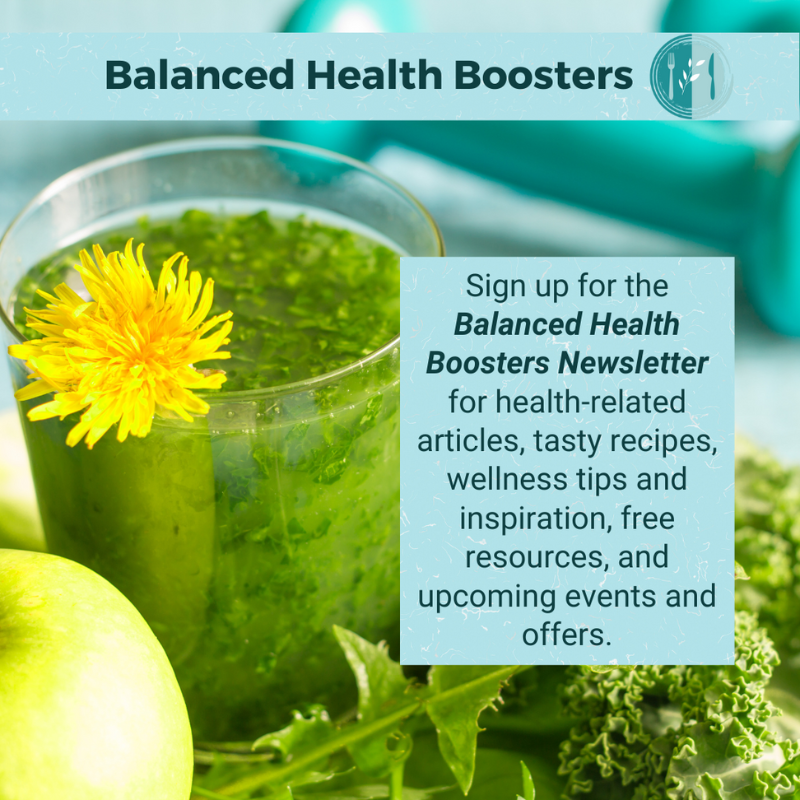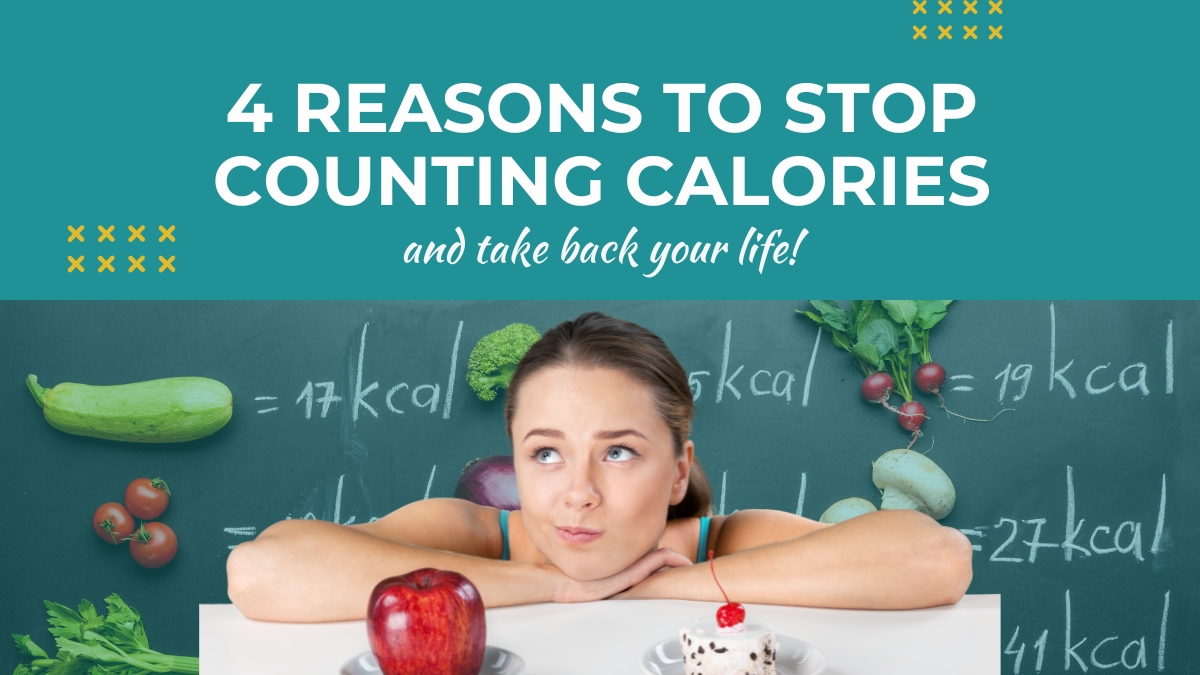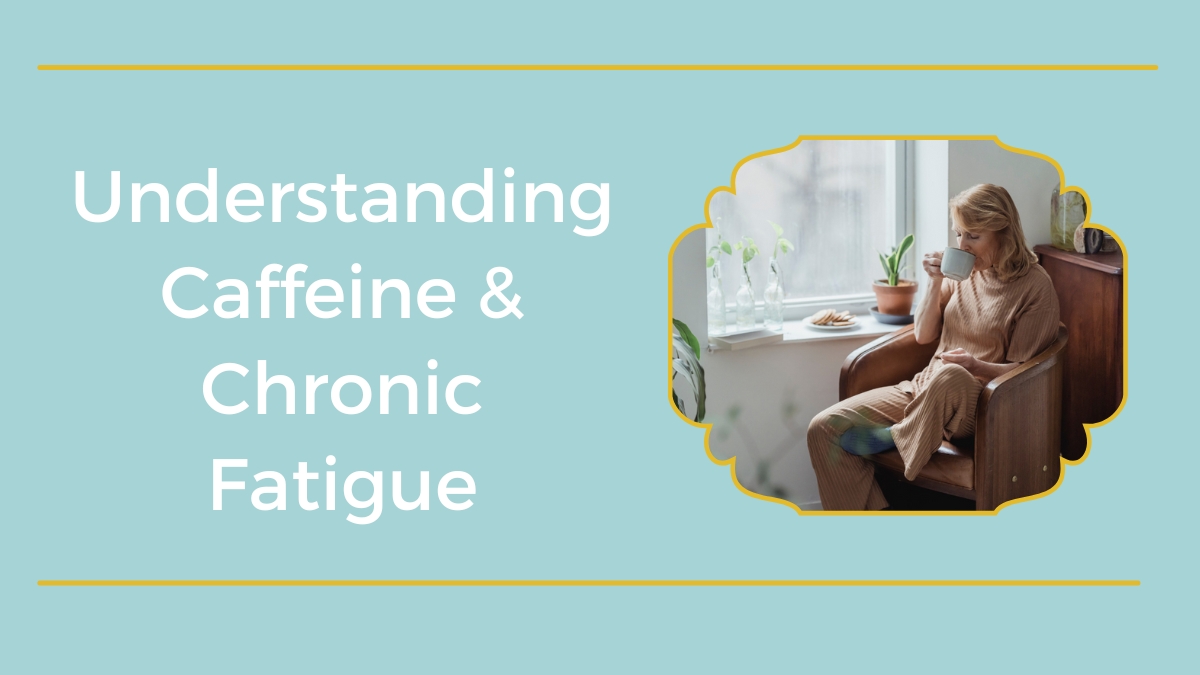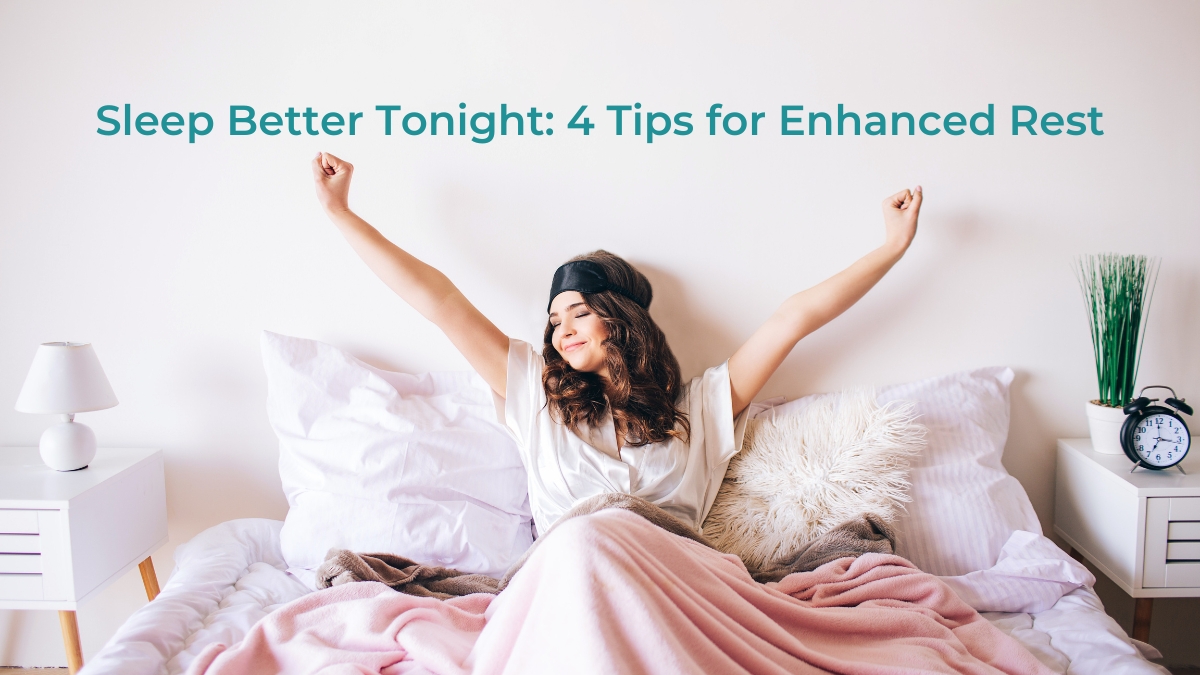Craving Carbs? Here’s What to Do
In my previous blog, Here’s Why You Crave Certain Foods (It’s Not What You Think), I shared the science behind our cravings. I explained how they are a normal part of being human and explained and are part of our physical, psychological, and neurocognitive (brain) response to external and emotional stimuli. This makes food cravings very difficult to change.
In the following Part 2 Food Cravings article, I will give you 10 strategies to help you finally outsmart them.
How to manage your food cravings
More research is needed to truly understand food cravings. We all have them and we all give in to them sometimes. My clients often report craving cookies, salty snacks, chocolate, and glasses of red wine in coaching sessions where they want to stop feeling sluggish and uncomfortable in their bodies. In an ideal world, our food environment and advertising wouldn’t take advantage of our natural tendencies. In the meantime, try these tips.
1 – Understand that food cravings are natural, we all have them, and they’re not a character flaw!
If you need to, go ahead and reread this blog post, and know that cravings are so common. They’re ingrained in our biology.
2 – Eat a variety of nutritious foods.
Keep nutritious snacks and meals on hand and ready for when the food cravings hit.
Here are 4 easy to make snacks you can try that are good for your gut health and kick unhealthy cravings to the curb.
(1) Chia Seeds Gel Packs – Inspired by the energy packets used by runners, these gel packs come packed with Chia Seeds, a gut-friendly ingredient. When soaked in liquid, the seeds develop a gel-like texture. These Chia seed gel packs will ensure that your gut is happy and help remove excess waste from your intestines. You can even make a large batch to store in the fridge, so you can quickly grab one on your way out the door.
How to make Chia Seeds Gel Packs:
Soak 8 pitted Medjool dates in a pot of boiling water for approximately 10 minutes. Drain them and combine them with 2 tablespoons of Chia Seeds, 4 tablespoons of maple or coconut syrup, 2 tablespoons of raw cocoa powder, a large pinch of cinnamon, and a dash of salt. Add all ingredients plus 6 tablespoons of water to a blender and blend until the mixture forms a smooth paste. Divide the paste into 7 or 8 ziplock bags (size of your choice) and store them in the fridge.
(2) Energy Balls – These energy balls are borrowed from energy bars. The only difference is that these are completely packed with one of the best gut soothers: ginger. These ginger energy balls are easy to make and taste like gingerbread cookies.
How to make Energy Balls Packed with Ginger:
Grab a cup full of any nuts; use a mixture if you like. Add in 8 pitted Medjool dates, 1 teaspoon of powdered ginger, 1 teaspoon of cinnamon powder, ½ teaspoon of powdered nutmeg, and ¼ tablespoon of allspice. Combine all ingredients in a food processor and pulse until the mixture forms a sticky dough. Roll the dough into small balls. Store in an airtight container at room temperature.
(3) Celery Sticks – This is one of the easiest gut-friendly recipes, just celery sticks and almond butter or any nut butter of your choice. Celery provides your gut with the good bacteria it needs to thrive. I know I go to crunch foods when a stress-related food craving kicks in!
How to make celery and almond butter snack:
Simply spread the nut butter on washed and cut celery sticks. If you’d like to add more flavor, top them off with some mixed nuts (chopped), flaky sea salt, and a pinch of cinnamon. Celery sticks can be stored in ziplock bags in the refrigerator and grab them on your way out the door as a munching snack.
(4) Toasted Pumpkin Seeds – Pumpkin seeds are a natural source of magnesium, which is a well-known stress reliever. You would be surprised at the impact a nervous mind has on your gut.
How to make toasted pumpkin seeds:
You can eat pumpkin seeds just as they are, but take them to the next level with some maple syrup, cayenne pepper, and sea salt. Toss all ingredients together and spread them evenly on a baking sheet. Pop them in the oven at 350 degrees until the seeds are golden brown.
3 – Try to reduce your exposure to food craving cues in the first place.
(NOTE: These are not your fault and it’s so difficult to go against the reality of our current food environment.)
If you find that certain activities you do are strongly linked with food cravings (such as sitting in front of a screen means “popcorn time” or walking past the convenience store means “soda pop time,” try going the extra step and doing something different whenever you can. That may mean less TV or screen time or taking a different route home to avoid passing the drive-through or your favorite cafe or bakery.
Identify if you crave a food because you’re doing something you associate with eating (e.g., relaxing in front of the television, preparing to watch a movie, commuting). You can try making a quick note on your smartphone or jotting down in your journal when you experience them. Then, instead of these activities, try doing something else. Maybe head out for a walk, relax with your favorite hobby, or call a friend or family member.[11] I love to take walks at Luther Burbank park here on Mercer Island, Washington to gaze upon Lake Washington and clear my head of negative thoughts and cravings. Here are 3 Secrets to Eliminate Emotional Eating.
4 – Are you truly hungry?
Physical hunger has a feeling of emptiness in your stomach, fatigue, and/or lightheadedness. If you’re not sure whether you’re hungry or just have a food craving, try to delay acting on it right away. For example, drink a glass of water and wait 10 to 15 minutes. If that craving hasn’t gone away, try a nutritious snack or meal. If that doesn’t work either and it’s an insatiable craving, try another distraction.[11]
If it doesn’t go away, you may very well be hungry.
5 – If you’re experiencing a food craving and are not truly hungry.
When experiencing a food craving, try to identify where it came from. Was there a food cue (advertisement, smell, memory, or are you looking at something right now that makes you want to enjoy it)? Are you stressed or bored?
If you’re responding to a food craving cue, try to remove that cue. Stop paying attention to it by changing the channel, hiding the food, or otherwise distracting yourself from it.[11]
6 – Enjoy the craved food slowly and mindfully.
Start with a small amount of the craved food. Unless it’s fruits and vegetables, but who are we kidding?
Mindfulness includes paying attention to whatever arises in the present moment with an open, curious non-judgmental attitude. It is a state of “enhanced receptive awareness and attention to present reality.”[7]
Mindful eating is therefore eating slower and paying more attention to your food. Do this by chewing well and savoring the smells, tastes, and textures. Your body feels satiated when your stomach feels physically full and your digestive hormones send a signal to your brain that you’re no longer hungry. By eating slower, you’re allowing these signals to work before you get a chance to eat too much.[11]
Studies show that being mindful of thoughts and emotions can help reduce food cravings. One clinical study showed that participants ate fewer cookies when they did a mindfulness activity, as compared to those who did not do the activity. Doing a brief mindfulness exercise can even change your level of hunger to reduce the influence of the attractiveness of less-nutritious foods.[7]
7 – Make nutritious foods more appealing.
A few studies show that it may be possible to change the foods we crave. In a process called “cognitive reappraisal,” some people have been able to reduce their cravings for less-nutritious foods and increase them for more nutritious foods by focusing on the long-term health consequences of frequently eating that food.[12,13,14]
In one recent study, 58 college students were asked to look at a picture of a food and think about whether it will increase their risk for heart disease or whether it will provide vitamins and minerals to keep them strong. This cognitive reappraisal exercise affected how frequently and how strongly those foods were craved (e.g., cravings for nutritious foods became stronger and more frequent than they were before the experiment). Just one week later, some participants reported that they ate less of less nutritious foods.[12]
While it can be difficult (but possible!) for adults to change the foods they already prefer to eat, it may be easier to influence how children develop food preferences. If you have children, you can expose them to nutritious foods as often as possible.[10]
I’m a HUGE fan of Real Plans, the best on-the-go meal-planning app my busy clients can customize for their specific diets, health concerns, and tastes.*
8 – Take care of your mental health.
Remember that our emotional state—including stress—is linked to food cravings. I’ve come to recognize that when I am craving salty fried foods like fried chicken or potato chips, my stress levels peak and I need to take care of my emotional state with self-care strategies. Your mental health is important.
Try to reduce stress in ways that work for you: meditation, physical activity, socializing with people you care about, getting enough sleep, etc.[4,9]
9 – After you indulge in your food craving.
Don’t beat yourself up! We both know that this is so common. Indulging does not make you a bad person. It makes you a human with a deep biological need for physical and emotional well-being who is surrounded by food cues and easy access.
If you need to, reread strategies 1-8 again. Here’s a blog on 4 Ways to Say Goodbye to Junk Food – Forever.
10 – If you suspect you may be deficient in nutrients or have an underlying condition, be sure to see your licensed healthcare professional.
Remember, that even though right now there is more evidence of the conditioning hypothesis leading to food cravings, that’s not a 100 percent guarantee! Food cravings may be a sign of nutritional needs, so reach out to an excellent practitioner who can help you.
If you’d like to learn more about managing your food cravings, or how I can help you take back control of your energy, digestive health, and weight, I invite you to schedule a free Health Discovery call with me today.
References
1 – Kahathuduwa, C. N., Binks, M., Martin, C. K., & Dawson, J. A. (2017). Extended calorie restriction suppresses overall and specific food cravings: a systematic review and a meta-analysis. Obesity reviews: an official journal of the International Association for the Study of Obesity, 18(10), 1122–1135. https://doi.org/10.1111/obr.12566
LINK: https://www.ncbi.nlm.nih.gov/pubmed/28557246
LINK: https://www.ncbi.nlm.nih.gov/pmc/articles/PMC6226249/
2 – Examine’s Nutrition Examination Research Digest. (2017, October). Can dieting actually suppress food craving? Issue 36. Retrieved from https://examine.com/nerd/article/can-dieting-actually-suppress-food-craving/
3 – van den Akker, K., Schyns, G., & Jansen, A. (2018). Learned Overeating: Applying Principles of Pavlovian Conditioning to Explain and Treat Overeating. Current addiction reports, 5(2), 223–231. https://doi.org/10.1007/s40429-018-0207-x
LINK: https://www.ncbi.nlm.nih.gov/pubmed/29963363
LINK: https://www.ncbi.nlm.nih.gov/pmc/articles/PMC5984639/
4 – Harvard Health Publishing. (2019, June 24). Why people become overweight. Retrieved from
https://www.health.harvard.edu/staying-healthy/why-people-become-overweight
5 – Blechert, J., Klackl, J., Miedl, S. F., & Wilhelm, F. H. (2016). To eat or not to eat: Effects of food availability on reward system activity during food picture viewing. Appetite, 99, 254-261. doi: 10.1016/j.appet.2016.01.006
LINK: https://www.sciencedirect.com/science/article/abs/pii/S019566631630006X?via%3Dihub
6 – Lee, Y. H., Kim, M., Lee, M., Shin, D., Ha, D. S., Park, J. S., Kim, Y. B., & Choi, H. J. (2019). Food Craving, Seeking, and Consumption Behaviors: Conceptual Phases and Assessment Methods Used in Animal and Human Studies. Journal of obesity & metabolic syndrome, 28(3), 148–157. https://doi.org/10.7570/jomes.2019.28.3.148
LINK: https://pubmed.ncbi.nlm.nih.gov/31583379/
LINK: https://www.ncbi.nlm.nih.gov/pmc/articles/PMC6774451/
7 – Fisher, N, Lattimore, P., & Malinowski, P. (2015). Attention with a mindful attitude attenuates subjective appetitive reactions and food intake following food-cue exposure. Appetite, 99, 10-16. ISSN 0195-6663.
LINK: https://www.sciencedirect.com/science/article/abs/pii/S0195666315301185?via%3Dihub
8 – Monteiro, C., Cannon, G., Moubarac, J., Levy, R., Louzada, M., & Jaime, P. (2018). The UN Decade of Nutrition, the NOVA food classification and the trouble with ultra-processing. Public Health Nutrition, 21(1), 5-17. doi:10.1017/S1368980017000234
9 – Harvard Health Publishing. (n.d.). How stress can make us overeat. Retrieved from https://www.health.harvard.edu/healthbeat/how-stress-can-make-us-overeat
10 – Harvard Health Publishing. (2017, June 5). Controlling what — and how much — we eat. Retrieved from https://www.health.harvard.edu/staying-healthy/controlling-what–and-how-much–we-eat
11 – Harvard Health Publishing. (n.d.). 5 ways to outwit your appetite. Retrieved from https://www.health.harvard.edu/staying-healthy/5-ways-to-outwit-your-appetite
12 – Reader, S. W., Lopez, R. B., & Denny, B. T. (2018). Cognitive reappraisal of low-calorie food predicts real-world craving and consumption of high- and low-calorie foods in daily life. Appetite
131, 44-52.
LINK: https://www.sciencedirect.com/science/article/abs/pii/S0195666318306263?via%3Dihub
13 – Giuliani, N. R., Calcott, R. D., & Berkman, E. T. (2013). Piece of cake. Cognitive reappraisal of food craving. Appetite, 64, 56-61. https://doi.org/10.1016/j.appet.2012.12.020
LINK: http://europepmc.org/backend/ptpmcrender.fcgi?accid=PMC3711873&blobtype=pdf
14 – Siep, N., Roefs, A., Roebroeck, A., Havermans, R., Bonte, M., & Jansen, A. (2012). Fighting food temptations: the modulating effects of short-term cognitive reappraisal, suppression and up-regulation on mesocorticolimbic activity related to appetitive motivation. Neuroimage, 60(1), 213-20. doi: 10.1016/j.neuroimage.2011.12.067
*We are proud to be an affiliate partner with Real Plans, and any links to their products in this article are affiliate links.
